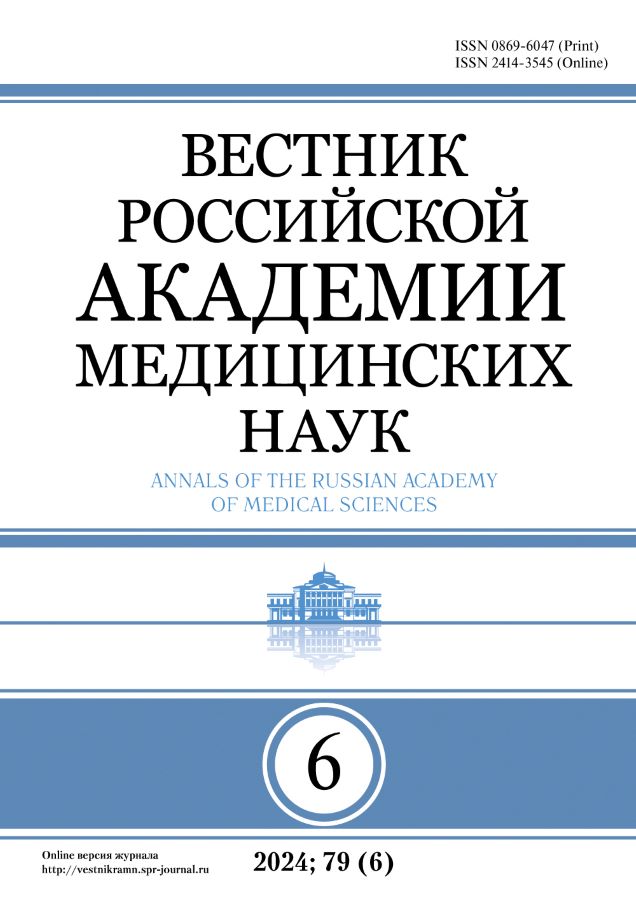Abstract
Background. The Russian Federation and the Eurasian Economic Union (EAEU) have developed regulatory and legal bases for the circulation of cellular drugs — treatment products based on human somatic cells. Cellular preparations in the Russian Federation are represented by biomedical cellular products with a separate regulatory regulation from medicines, and in the EAEU cellular preparations are classified as a separate class of biological medicines — high-tech medicines. In both regulatory and legal regulations, a pharmaceutical approach has been applied, involving the pharmaceutical development of a cellular drug, its preclinical and clinical studies and subsequent registration for the possibility of release into civil circulation. Cellular drug developers and potential investors are faced with a number of regulated technological and organizational work related to pharmaceutical development that must be performed to bring cellular drugs to market. The requirements, recommendations, concepts and approaches existing in the world are described only for “traditional” medicines and do not describe the necessary types of work in the development of cellular drugs. Aims — to develop methodological foundations for the pharmaceutical development of cellular drugs, as well as to develop a scale of readiness levels of cellular drug technology. Methods. Analysis of the regulatory and legal bases of the Russian Federation and the EAEU, as well as on the basis of the life cycle of cellular drugs, ICH recommendations for the development of pharmaceutical products, the concept of “quality planned during development” QbD. Results. A methodological model for the creation of cellular preparations is proposed, including the stages of theoretical development, laboratory development and industrial development. Based on the methodological model, a scale of readiness levels of cellular drug technology (UGT1–UGT9) was proposed. Conclusions. This article proposes a methodology for the pharmaceutical development of cellular preparations, taking into account a specialized scale of technological readiness levels.











